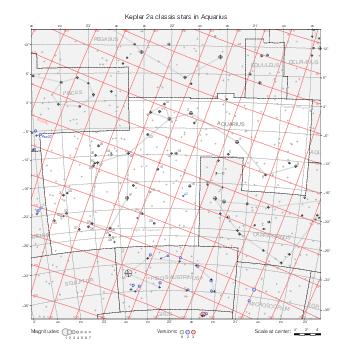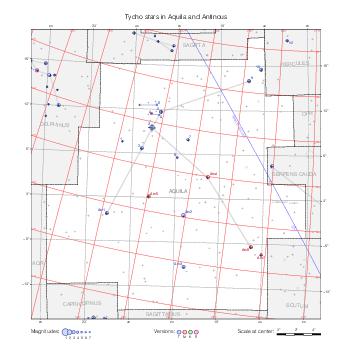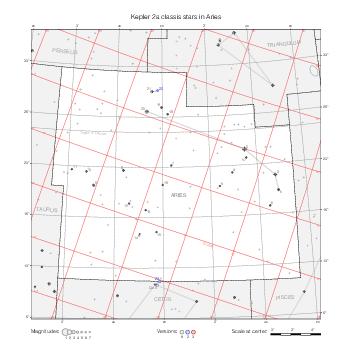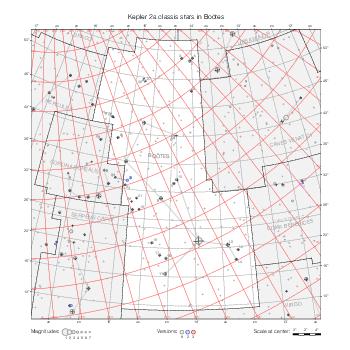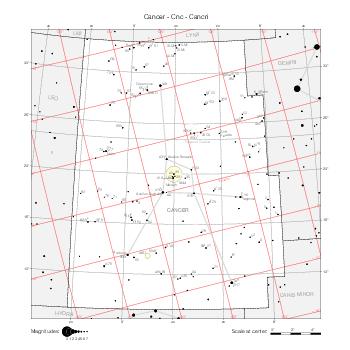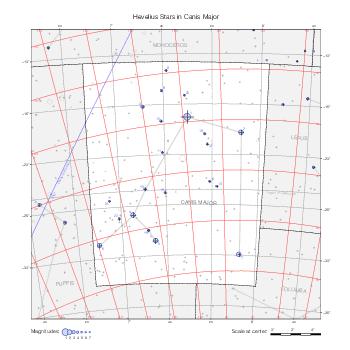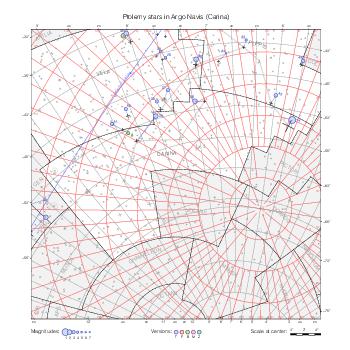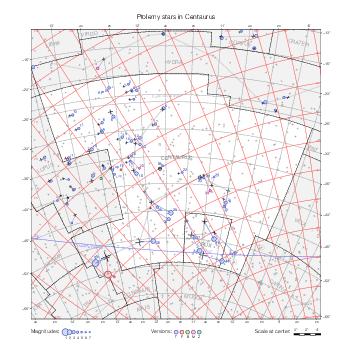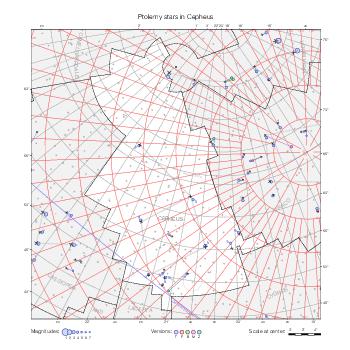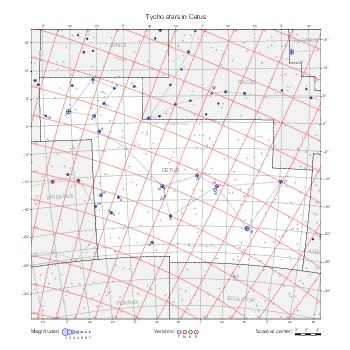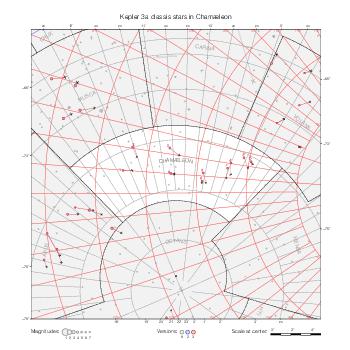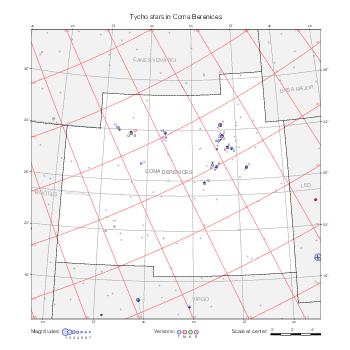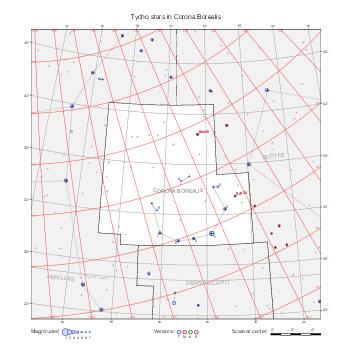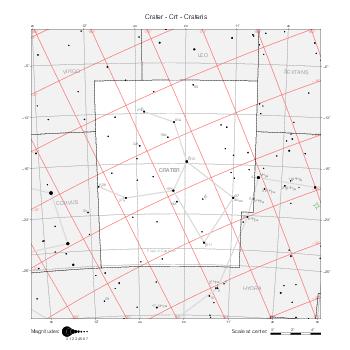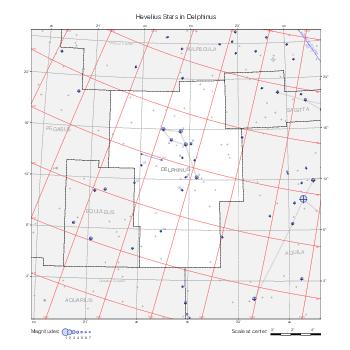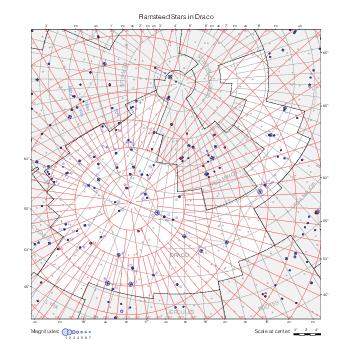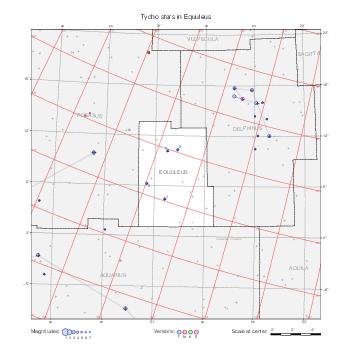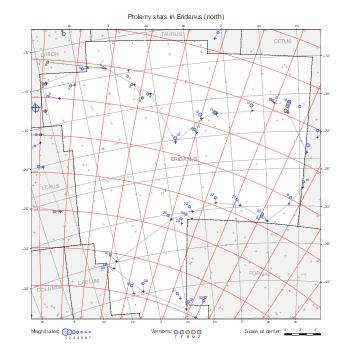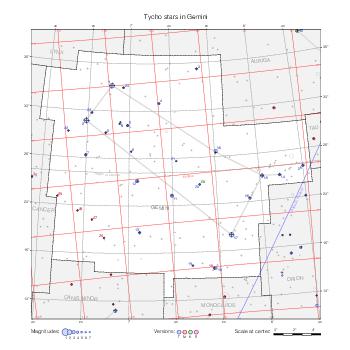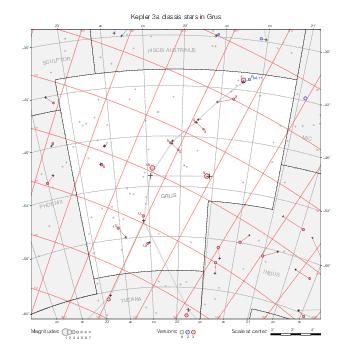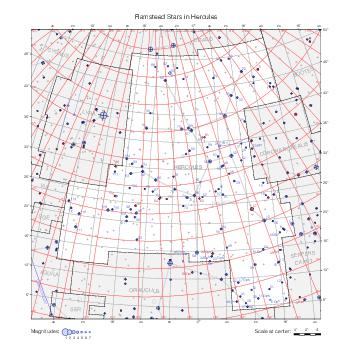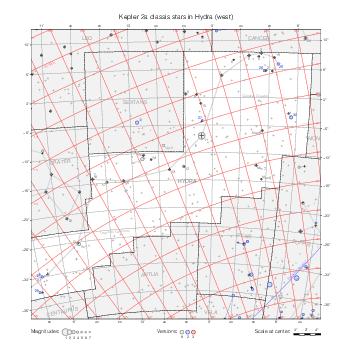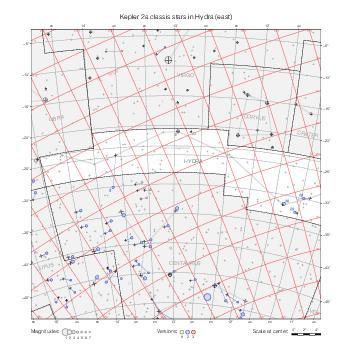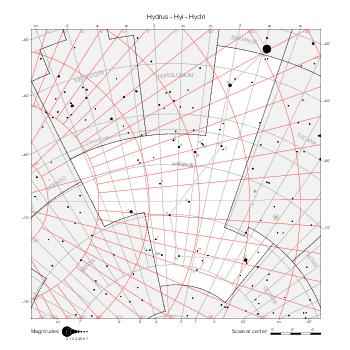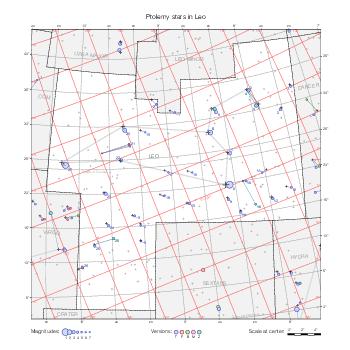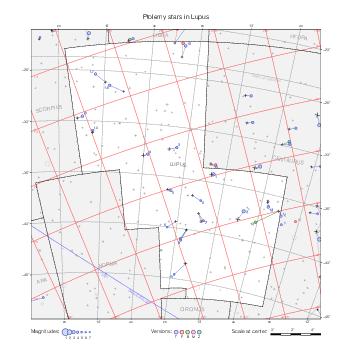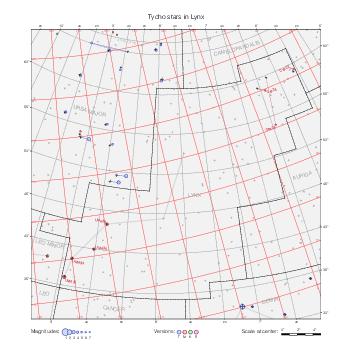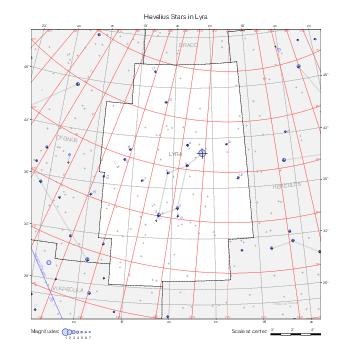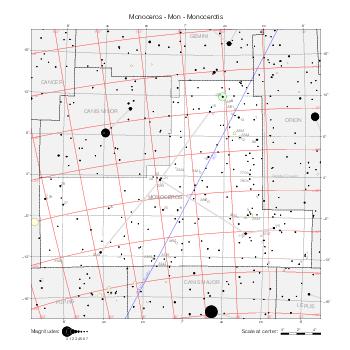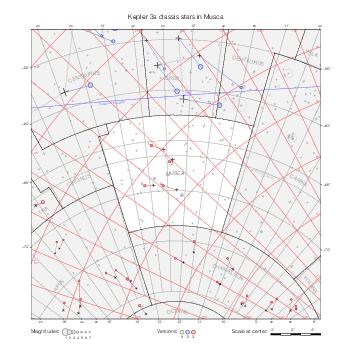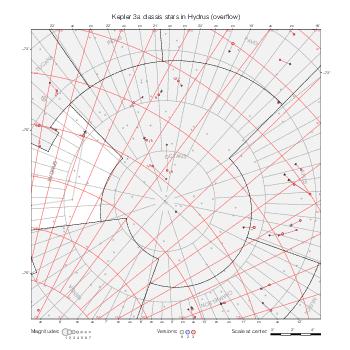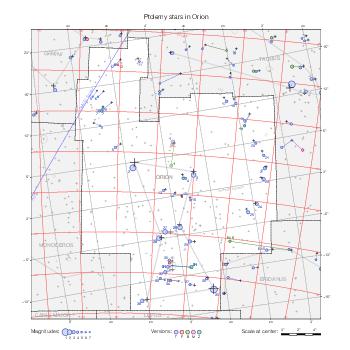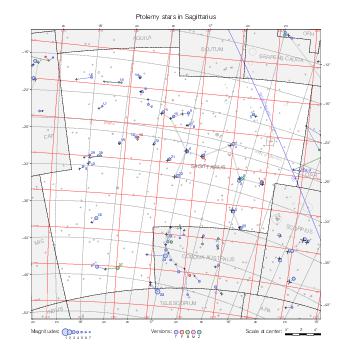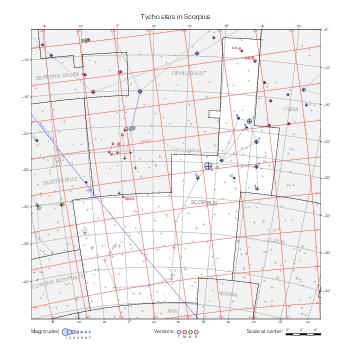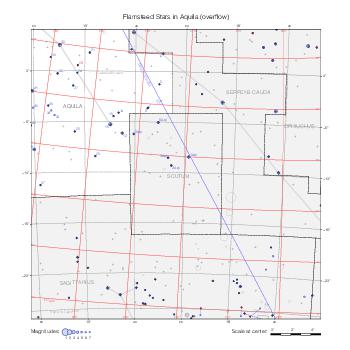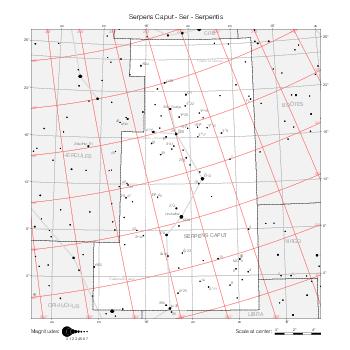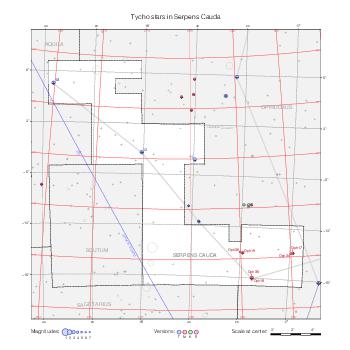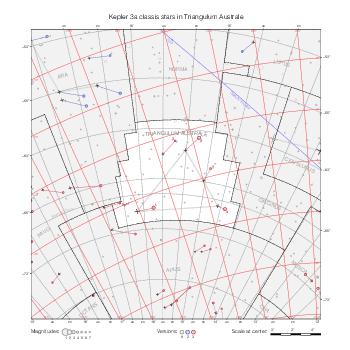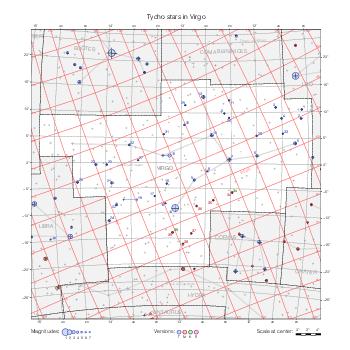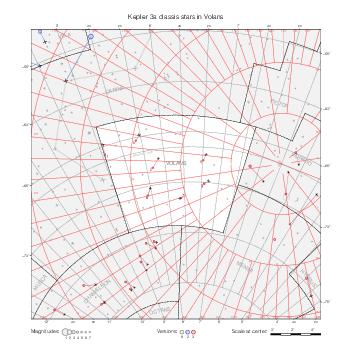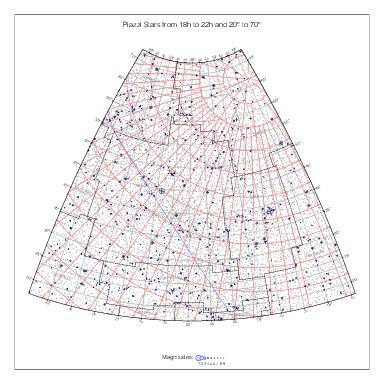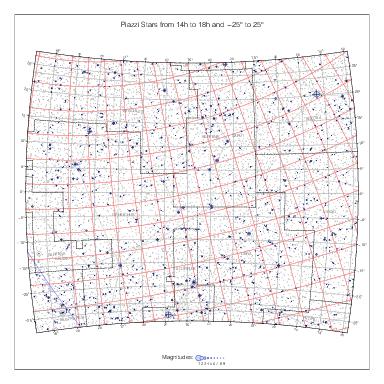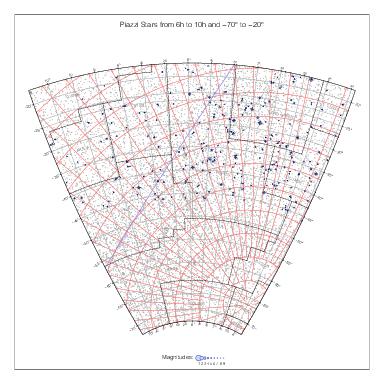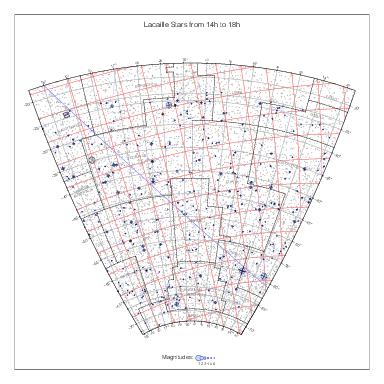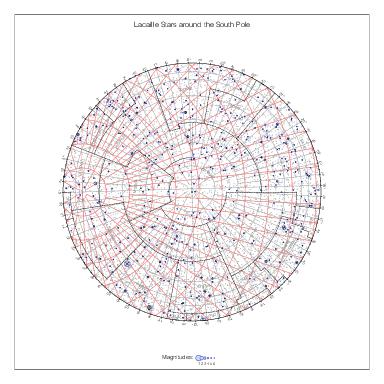Introduction
The initial project for these pages was to draw the Star Maps by Constellation. The coordinates for the constellations boundaries were one of the first requirements, which led to the Constellation Boundaries page. Unable to find a complete set of Flamsteed and Bayer star designations, I resorted to Morton Wagman's book Lost Stars [1] and ended up putting Flamsteed's Catalog in machine-readable form.
This triggered my interest in digitizing other ancient catalogs, identifying their stars (sometimes a thorny task), and drawing star maps. Two pages are dedicated to each catalog, the second one featuring star maps of the catalog in its own coordinate systems.
I try to introduce each catalog with background historical information in order to make the pages more pleasant and hopefully instructive to read. However, I'm not a historian of astronomy and a specialist might frown at some statements or notice gaping holes. I'm open to suggestions for improvement.
The star identifications that I use for the maps, usually contained in a file named …ident.dat (or …ident_o.dat when there are other versions) on the page of the catalog, should not be taken as authoritative. For the naked eye catalogs, I build them by matching the catalogs stars to reference stars visually using the maps. For the telescopic catalogs, I try to match the catalog stars to the Hipparcos or other modern catalogs programmatically.
This usually works well, but there are cases where it is not clear whether a given catalog star should be identified with more than one component of a multiple star, or even with more than one neighboring stars. The identifications may also be inconsistent from a catalog to another. This is a work in progress.
The parts of my work that should be beyond question, and that I hope may be reused by others, are the machine-readable versions of the catalogs. I have patiently copied and verified them, but they may still contain errors or involve arbitrary choices. I would appreciate the feedback if an error is detected.
Several reprints of ancient catalogs contain identifications of their own (Baily's, Dreyer's, etc.). I capture these in their own ident files for comparison, but in a uniform format using modern designations (Bayer/Lacaille letters, Flamsteed numbers, HR, HD, HIP, etc.). For the older sources, this may involve an interpretation effort (e.g., some Bayer letters have a shifty history) that I tried to perform to the best of my ability.
Star maps according to all catalogs
For convenience, the following scrollable tables provide direct access to the star maps according to most of these catalogs, otherwise scattered across multiple pages. I use them frequently to compare catalogs to each other or to the reference (in the last column).
By constellation
The catalogs that group stars by constellation are represented here.
By coordinate ranges
For catalogs that don't group stars by constellation, the maps cover coordinate ranges rather than individual constellations. They are gathered here along with an adapted version of the reference maps.
References
[1] Morton Wagman, Lost Stars, McDonald & Woodward Publishing Company, Blacksburg, Virginia, 2003.














